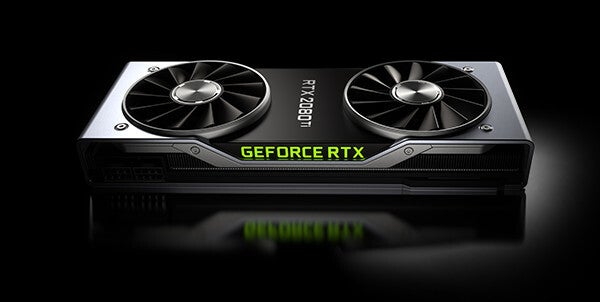The perfect storm has hit the chip industry resulting in price hikes for components

Even though we consider TSMC and Samsung Foundry to be very important suppliers to the companies whose products we write about, and there is something special about turning sand into powerful chipsets, at the end of the day they are businesses that follow the laws of supply and demand. And with a severe chip shortage due to the pandemic, chip distributors are doing exactly what they should be doing with demand so strong and supplies so tight-it is raising chip prices.
Demand for chips is up and supply is down which leads to the classic price hike response for the supply chain
One of the top electronic-component distributors in the U.S., Digi-Key Electronics, has raised the prices for semiconductor-based components by 15% this year although certain components are now priced as much as 40% higher. As for demand, nearly 100 billion chips were sold in April according to numbers disclosed by non-profit trade group World Semiconductor Trade Statistics. Before the pandemic hit, back in January 2020, 73 million chips were sold that month.

Thanks to chip shortages, a secondary market has developed for Nvidia's graphics cards
But external events have increased the demand for devices that are powered by chips. The pandemic increased sales of laptops and tablets and the increasing availability of 5G networks hiked demand for smartphones.
According to The Wall Street Journal, higher prices are snaking through foundries' supply chains forcing manufacturers to pay higher prices for the much-needed components. As a result, consumers are paying more for smartphones, printers, laptops, and other devices that are laden with semiconductors. The Journal notes that an ASUS laptop made for gamers has risen in price this month on Amazon from $900 to $950 (a 5.6% climb) while a Chromebook made by HP is now $250 after a $30 or 13.6% hike.
HP Chief Executive Enrique Lores blamed the price hikes on component shortages and added that further price increases are expected. Dell CFO Thomas Sweet echos the comment from Lores. "As we think about component cost increases, we’ll adjust our pricing as appropriate," Sweet says.
Chipmakers deny that they are doing anything other than matching the higher prices that they are paying for supplies. Vincent Roche, Analog Devices CEO, stated that "We’re not taking advantage of this cycle to do anything on pricing, other than where we are paying more for the additional supply that we’ve got to get on board. We’re passing that on." Broadcom CEO Hock Tan says that his company, which supplies wireless communications circuits to Apple, Samsung, and others, is dealing with what he calls "cost inflation."
One example of "cost inflation" is the 34% price hike in the average price of computer memory since the start of last year. And with more homebound workers playing video games on newly purchased computers, prices of graphics cards by Nvidia are changing hands sold at premium prices.
Speaking to analysts on a conference call, Tan says that Broadcom's customers understand the reason for the price increase and have managed to put up with it. But customers of chip makers are charging their customers, electronics buying consumers, more money. U.S. government data reveals that computers and other electronics rose in price by 2.5% on an annual basis back in May, the biggest increase in more than a decade.
Some higher prices for chips are embedded in long-term contracts and have yet to show up in the data
Overall price increases for semiconductors shipped globally over the last year show little change. But some sectors of the chip market such as wireless communications and consumer electronics, continue to rise in price.
Even scarier for chip buyers and consumers, the latest data do not include the most recent semiconductor price hikes in the supply chain. Dale Ford, the chief analyst at the Electronic Components Industry Association, notes that some price increases are already part of long-term contracts which means that they have yet to surface in the supply chain. Ford says that higher pricing for electronic components is not something that will go away soon.
"Raw-material costs have gone up more recently, and I think people are now saying this is not a temporary situation. Price increases are going to be durable," the analyst says. Of course, it doesn't help that overall inflation numbers are on the rise. Thanks to higher energy prices, overall pricing rose 5% in May.
Manufacturers of consumer electronics have a choice. They can keep pricing the same and live with lower profit margins, or they can raise the prices that consumers pay for their devices and deal with a drop-off in demand.













Things that are NOT allowed: